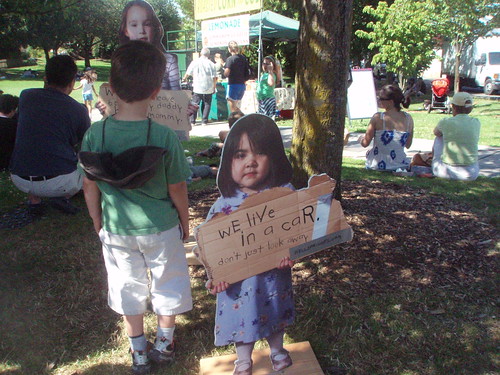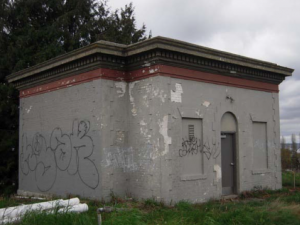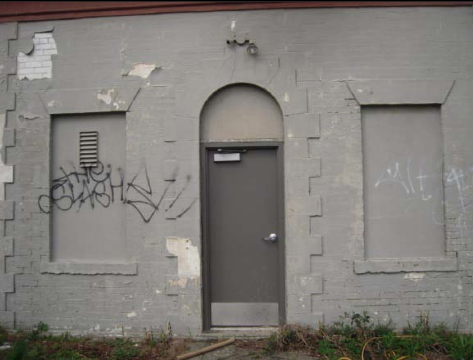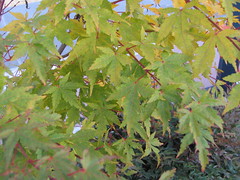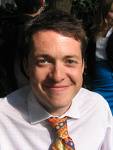(This is the second of two articles today about family homelessness and two Beacon Hill-area non-profit organizations that provide services for homeless families and families in danger of losing their homes. The articles are part of a wider project in conjunction with The Seattle Times and other neighborhood news blogs to address the topic of family homelessness. See the project’s home page at the Times and the previous article here at the BHB.)
by Melissa Jonas
Wellspring Family Services is one of the oldest nonprofits in Seattle. They have been continuously operating since 1892, beginning as the Seattle Charitable Society in Pioneer Square. The organization has grown and changed, responding to community needs. For the first time in their 108 year history, all the programs came together in one building when they moved into their Rainier Avenue location. This location was chosen because it’s accessible to public transportation and is close to where clients/client families live. Wellspring also partners with 200 other agencies in Seattle and greater King County, coordinating referrals to identify the greatest variety of resources available. In 2009, Wellspring served over 7257 children and adults.
Invisible Families: The homeless you don’t see
They squeeze in with relatives, couch surf with friends or camp out in cars. More families are quietly becoming homeless, driven to the edge by a lack of jobs and affordable housing. The Seattle Times and its local news partners tackle the topic together. Project home
One important sign of a successful program is how clients feel about the services they received. Family Services clients are motivated to help the agency in a variety of ways. When she was 5 years old, Rena Mateja raised $506 in coins to benefit Morningsong, the child care program at Family Services. Now she has help! Seattle musician Caspar Babypants (otherwise known as Chris Ballew of the Presidents of the United States of America) has teamed with Rena Mateja and Wellspring to launch the “Kids Helping Kids” fund drive. Caspar was so inspired by Rena Mateja’s success story that he wrote a special song, “Happy Heart”, about her. Each donation, regardless of amount, submitted by September 1, 2010 to Wellspring’s “Kids Helping Kids” contest will be entered into the drawing for a chance to win a song written by Caspar. To participate, kids must register at http://www.KidsHelpingKidsSeattle.com/. The winner will be announced on September 23.
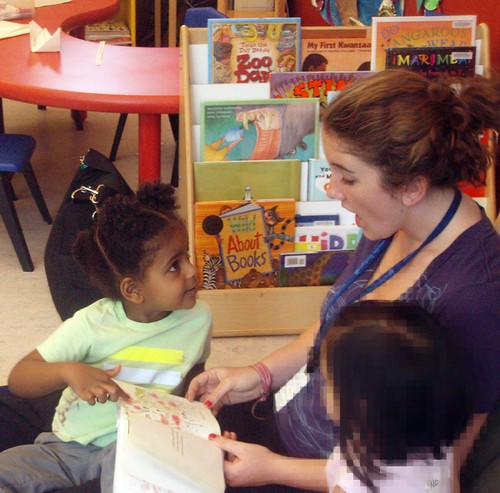
Rena Mateja’s mother Sebrena believes in the importance of early learning programs for children and in empowering parents to make good choices for their children. She is a vocal supporter of Wellspring Family Services and a tireless advocate for children and families. Her daughter is following in her footsteps, and they continue to inspire each other towards new achievements. Rena Mateja explained to her mother that she likes helping people because “those people we help, help other people and pretty soon, Mommy, Dr. King’s dream will come alive.”
At Wellspring, homeless families receive assistance with their urgent needs (eviction prevention, emergency housing, rental assistance) and help to address the root causes of homelessness. When a family is homeless they are in survival mode, only able to focus on the immediate issues at hand. Once a family is back in housing the issues that caused them to become homeless start coming to the surface. Wellspring is there to help stabilize them for the long term.
Therapists work with families to cope with and grow beyond the trauma of homelessness, developing strengths so they can face future challenges. Childcare programs provide a safe, stable place for toddlers and preschoolers to spend their days, giving parents the opportunity to take care of their responsibilities. Therapists and experienced teachers create a warm, inviting environment that encourages early learning. Classes and workshops help parents learn positive conflict resolution and develop positive relationships with each other and their children. Wellspring also operates a well-respected domestic violence counseling program.
Case managers help parents navigate services, offering referrals and coordinating the often confusing application processes for housing, health care, food, child care, and utility assistance programs. The goal is to help parents build a stable foundation for their families. On a practical level, the Baby Boutique offers new and gently-used clothing and supplies for children from birth through the teen years. Parents are referred by care providers to stock up on needed items at no charge.
How you can help: Wellspring Family Services is located at 1900 Rainier Avenue South, near the intersection of Rainier and 23rd Avenue South. Donations are always welcome—you don’t have to be a kid to help! Currently, the greatest need at the Baby Boutique is for strollers, car seats, toys and games for older children, and clothing for teenagers. To learn more about Wellspring Family Services’ programs, visit their website. You can also find Wellspring Family Services on Facebook.

